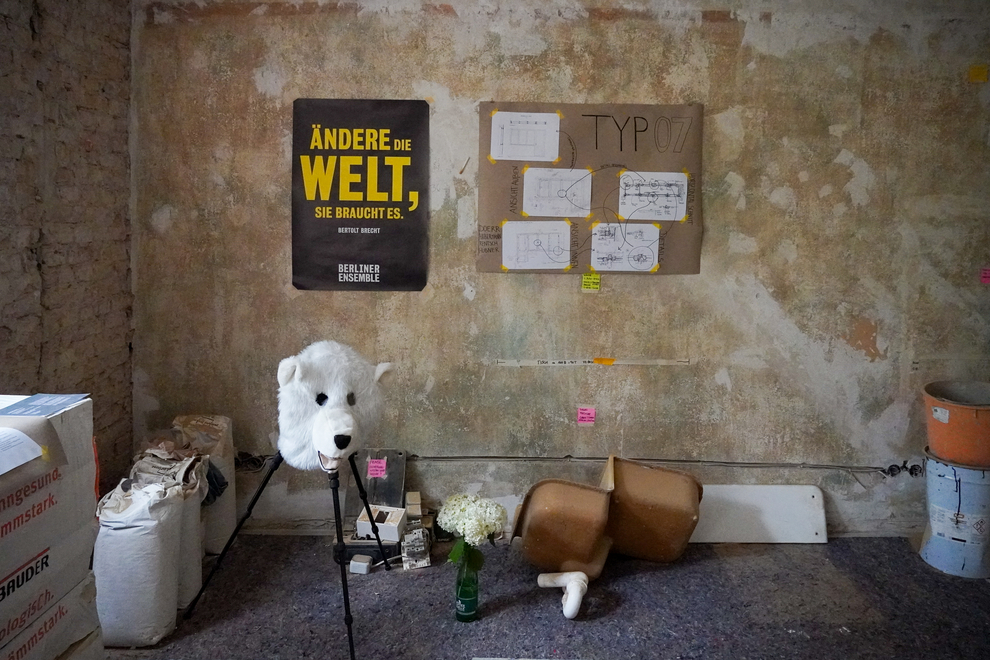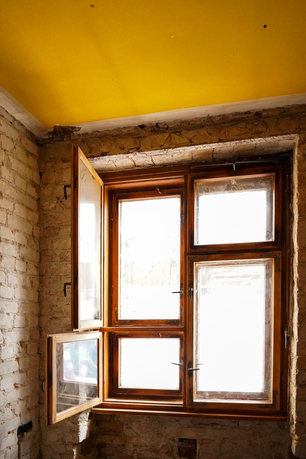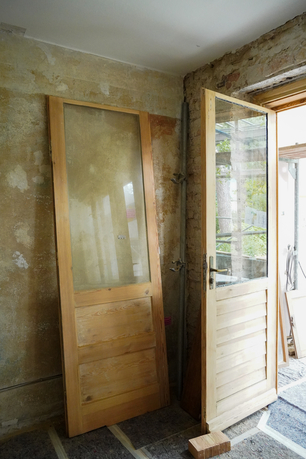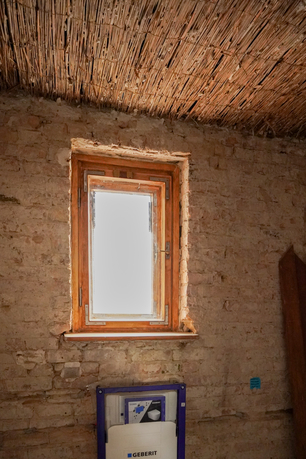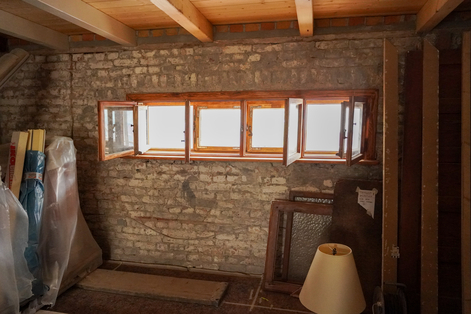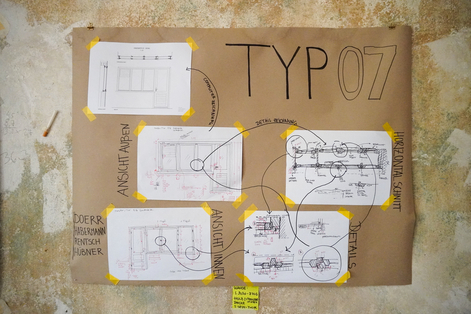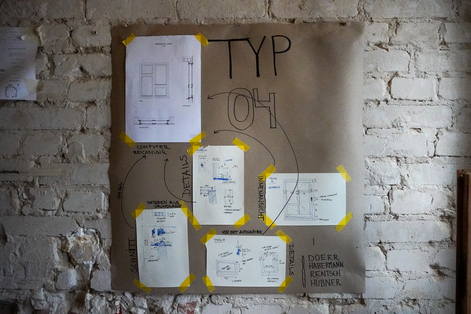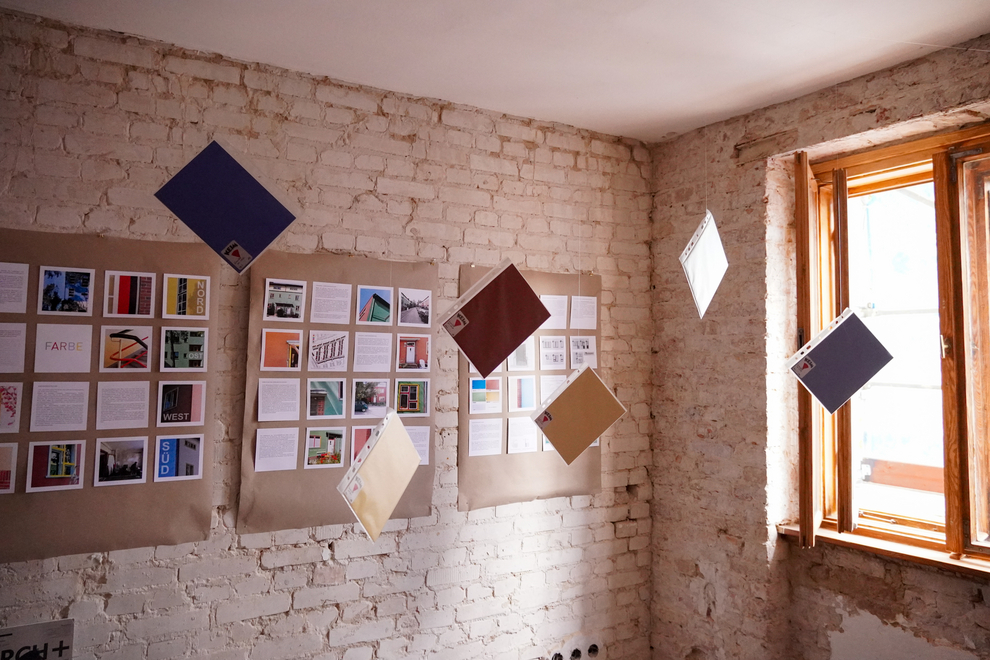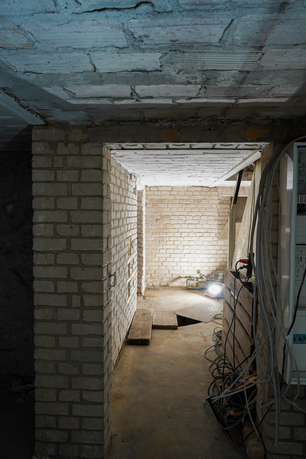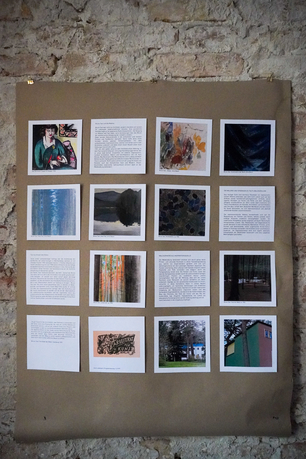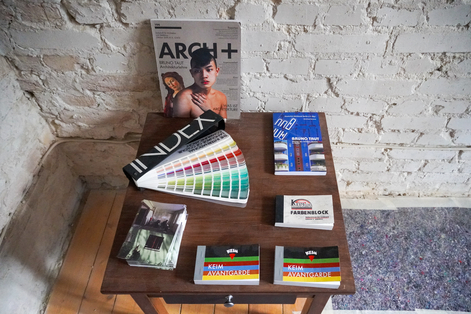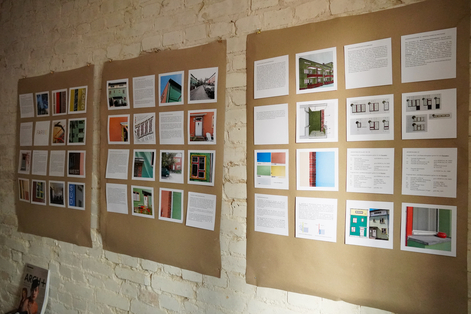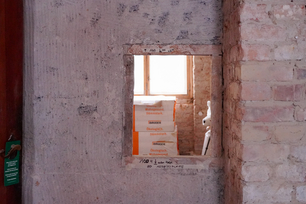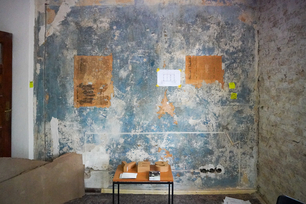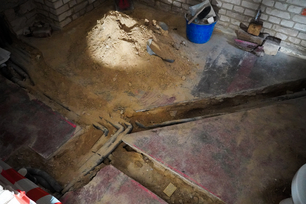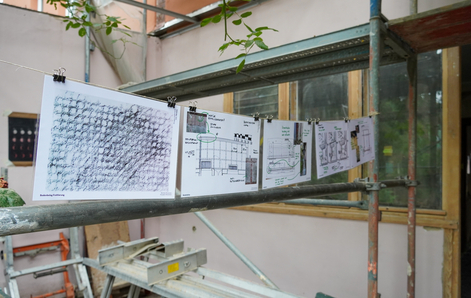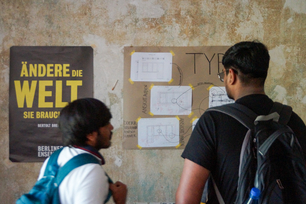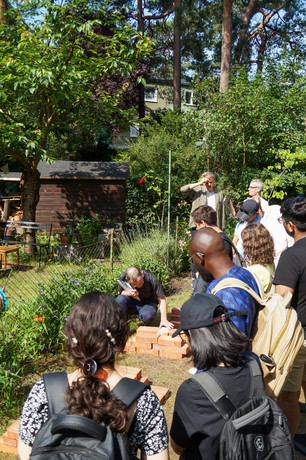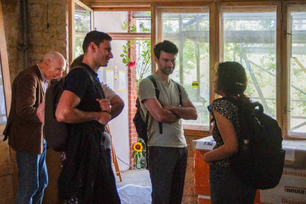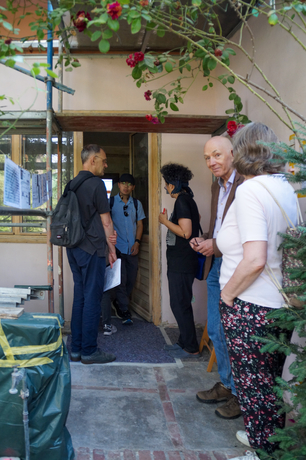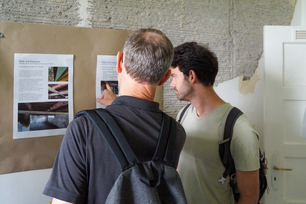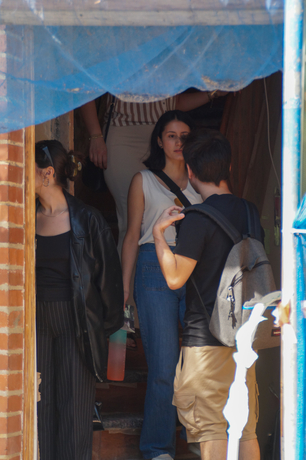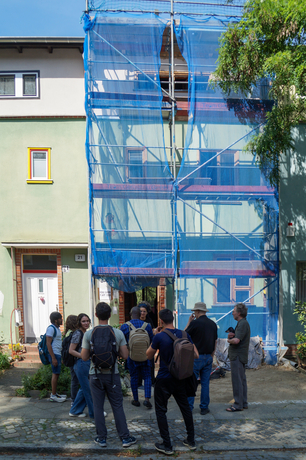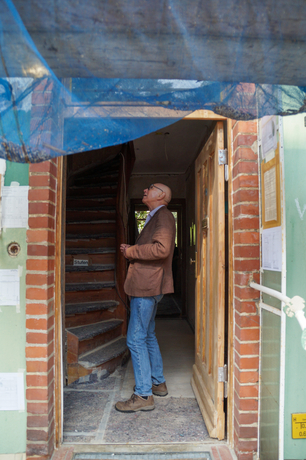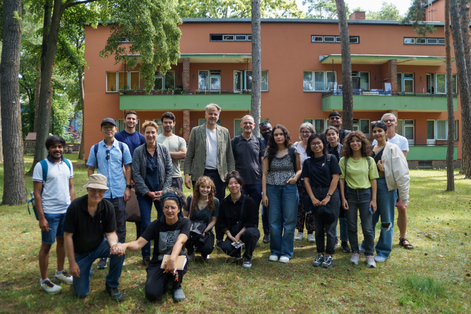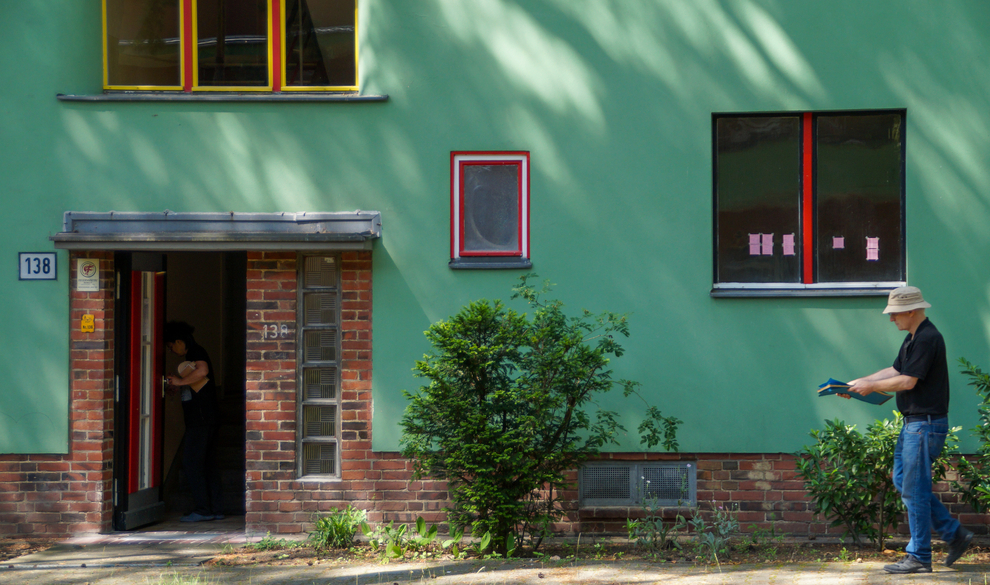REALLABOR Bruno Taut
In the summer semester of 2023, Master's students at BHT had the opportunity to take part in a special project: they were given access to a terraced house and a flat in the Waldsiedlung designed by Bruno Taut – also known as the Onkel-Tom-Siedlung or Parrot Estate. This estate is one of the most important large housing estates of the 1920s in Berlin. These two apartments were made available as part of the module ‘Reallabor’ and were opened by the Homann-Herterich family for a restoration survey, in which the students actively participated. Students analysed the architecture in groups and developed ideas on how it can be preserved and improved with regard to monument protection and modern requirements such as energy efficiency. The project includes research, site visits and a public exhibition. The aim was to make Taut's visionary designs future-proof and combine them with sustainable approaches.
Two groups of students investigated the ‘opening and window constructions’, the detailed recording of which is particularly time-consuming. The well-preserved windows - in heated rooms as box-type double windows, in unheated stairwells as single windows - are based on wooden constructions with steel corner joints and represent a further development of the Berlin box-type window. Originally oiled wooden surfaces were later often painted and are to be repainted with oil paints in historical colours in the renovation project. The teams propose retaining the lightly ventilated space in front and increasing energy efficiency by using insulating glazing and tubular seals.
The “Surfaces and Colors” group developed a Taut color fan that compares historical color charts with today's color codes. Their results correct previous assumptions and are incorporated into the restoration. The “Building History” group shed light on how city planning officer Martin Wagner fought against resistance in the conservative district of Zehlendorf. They also paid tribute to the young architect Ludmilla Herzenstein, who oversaw the construction of the entire Waldsiedlung from 1926. The “Exterior, terrace and balcony constructions” team documented one of the last remaining original veranda constructions of a terraced house.
The “Technology and Energy Balance” group created a digital model of the existing building with geometry, materials and building physics parameters. Based on this, a concept was developed that enables almost CO2-free operation with minimal use of resources, taking into account the listed building and World Heritage status. The compact residential units and the principle of stacking in rows prove to be the ideal basis for efficient heating. Despite the restrictions imposed by listed buildings and the low use of gray energy, a reduction in CO2 emissions of at least 50 percent can be achieved. Thanks to the serial construction, the solutions are also transferable to many other houses on the estate.
The project began in April 2023 with a guided tour of the Papageiensiedlung neighborhood association and was supplemented by regular work appointments on site. In addition to specialist input and appointments at the university, the students used measuring equipment and traditional methods such as photography and sketching. The highlight was a work-in-progress exhibition organized by the Homann-Herterich family in July, in which the students independently presented their results in the form of sketches, collages, colour maps and models. In six guided tours, they presented their methods, theses and initial results to interested neighbors, laypeople and peers.
The students identified numerous qualities and potential for climate-adapted further development in the Waldsiedlung. Large modern housing estates can also survive in hotter climatic conditions and extreme weather conditions if their strengths are used in a targeted manner. Important building climate characteristics such as infiltration, evaporation and shading make the estate a model for sustainable building. As a garden city with a high proportion of green spaces and large stands of trees, overheating is reduced and water can seep away during heavy rainfall and be fed into the groundwater. The Bruno Taut real-world laboratory shows how the ideals of 1920s urban planning still offer potential for climate-friendly redevelopment today.
Photos: Tobias Zander

